During my brief stint in East Lothian I received a tip from the proprietor of Traprain Cottage B&B that would prove to be priceless. Tantallon Castle has a high level of notoriety and even Dirleton Castle possesses some celebrity among locals and those in know, but there’s another castle that only the sagest of East Lothian’s denizens champion: Hailes Castle. It is hidden along the River Tyne in a cleft in the pastoral East Lothian countryside, as if the land sought to swallow it whole, and the castle possesses quite the historical pedigree.
The day was gray and rainy when I parked my car on the side of a narrow farm road beneath Traprain Law and began hiking down muddy, overgrown paths in what I figured was the castle’s general direction. The path turned a couple times as I made my way between fields where lambs huddled against their mothers for protection from the brisk sea wind. Eventually I passed a few houses and arrived to a road — a much better place to park my car, I might add — and across it stood the ruins of Hailes Castle.
The land had been steadily sloping downward to where the Tyne cut a slow trail through the rich earth, but it was still a strange sight to see a castle down in the landscape when they are so often atop hills. However, as I soon learned, the Tyne is a strategic location on the route to Edinburgh and the perfect place for a robber baron to set up shop.
Hailes Castle is maintained by Historic Scotland, so you will find a host of wonderful informational placards scattered about the ruins. Best of all, this castle is completely free to enter and explore. Save a local WWII veteran and his spaniel, I was the only soul inside the castle during my visit (the only visible soul, at least…).
Hailes Castle is quite old. In fact, it might just be some of the oldest standing stonework anywhere in Scotland. Hailes was built in the mid-13th century by the de Gourlays, a Northumbrian family, and much of that original castle survives today. The Gourlays found themselves on the losing side of the Wars of Independence and the castle passed to another Northumbrian family, the Hepburns, afterward. The Hepburns bolstered the fortification by adding the west tower and great hall in the ensuing centuries, but the castle proved difficult to defend despite repulsing two attacks from Henry “Hotspur” Percy (of Shakespeare fame).
Perhaps the name Hepburn rings a bell. In the 16th century, the English captured Hailes Castle during the “Rough Wooing,” the episode in which the English tried to force seven-year-old Mary, Queen of Scots, to marry Henry VIII’s son. Nineteen years later, Mary stayed at Hailes Castle before her doomed marriage to James Hepburn, Earl of Bothwell, who is believed to have been born here.
In the 17th century, Oliver Cromwell did not stay his blighted touch from Hailes Castle. He and his troops severely damaged the structure. By 1700, when it was purchased by the Dalrymples, the castle had fallen into ruin and disuse. The taste of the times had moved toward grander country homes.
Hailes Castle is a joy to explore. The atmosphere is thick among its reddish stones, and the imagination easily fleshes out the past upon the bones of today. The great hall would have multiple floors, and beneath it lies a large, vaulted chamber that probably served as the kitchen and bakehouse. This area would have served as the brewery, too, for in the Middle Ages everyone — even children — drank ale. It was safer than drinking the water (and more fun, assuredly).
A particularly neat feature of the castle is the hatch to the pit prison. Prisoners would have been lowered through it into a rib-vaulted chamber with a latrine and airshaft and nothing more. The protestant martyr George Wishart was held here in 1546 after he was arrested by the aforementioned Earl of Bothwell. Wishart was later burned as a heretic at St. Andrews.
The best views of Hailes Castle are from the banks of the Tyne, and, though I couldn’t find a way over, I think the far bank would be the best. Hailes Castle is one of those special finds out in Scotland’s hinterlands: Not particularly famous, hardly visited, and unadulterated. It is part of the landscape, not cordoned off from it in attempt to protect it from visitors, and it serves as yet another seductive link to Scotland’s deep history.

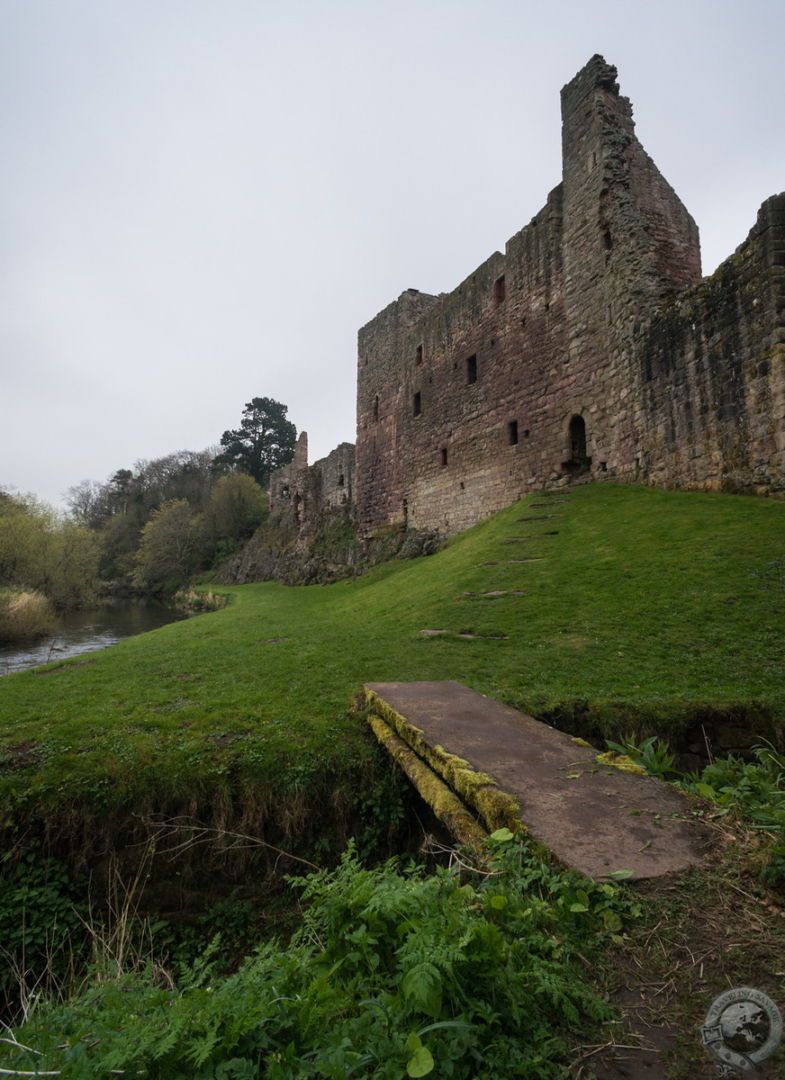
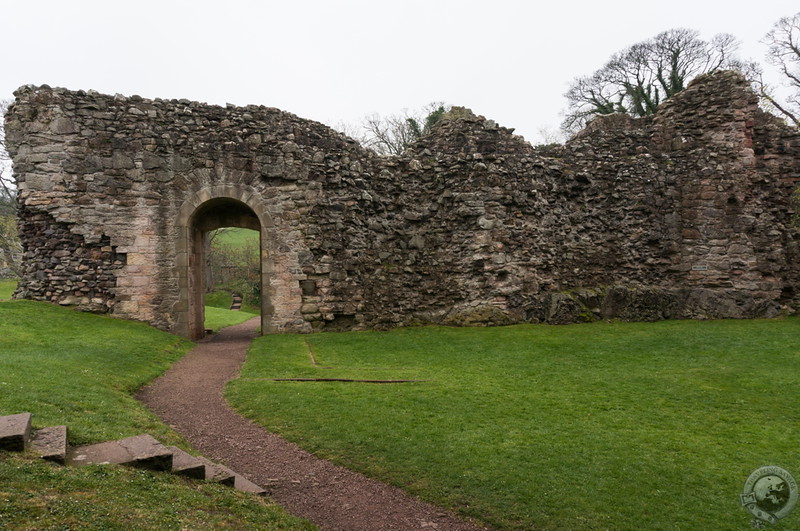
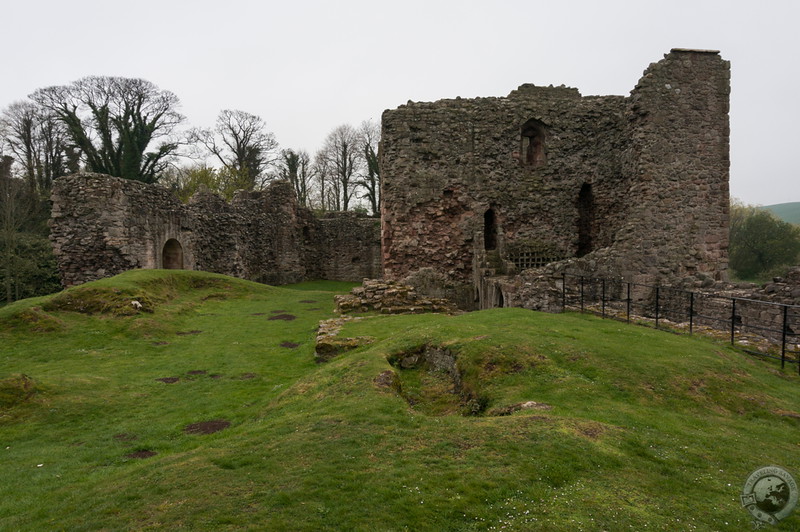
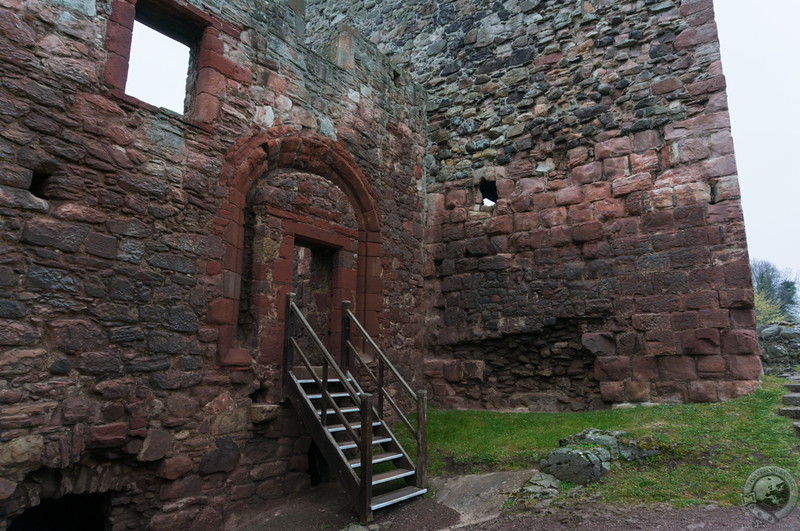
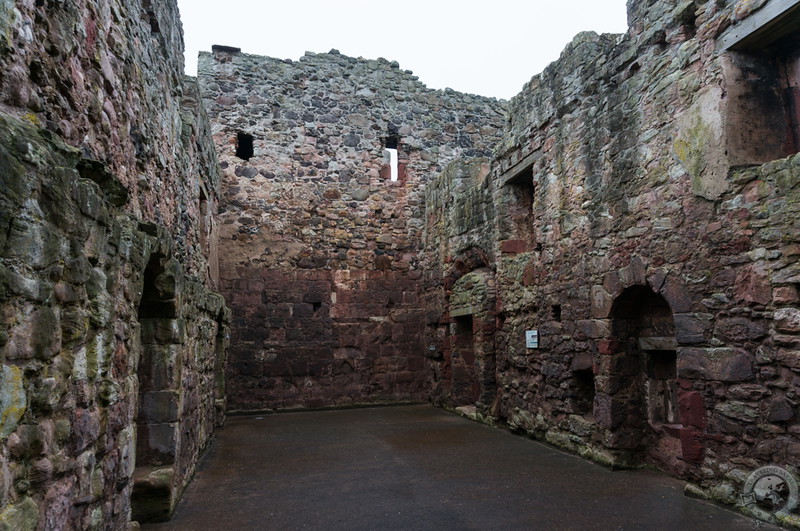
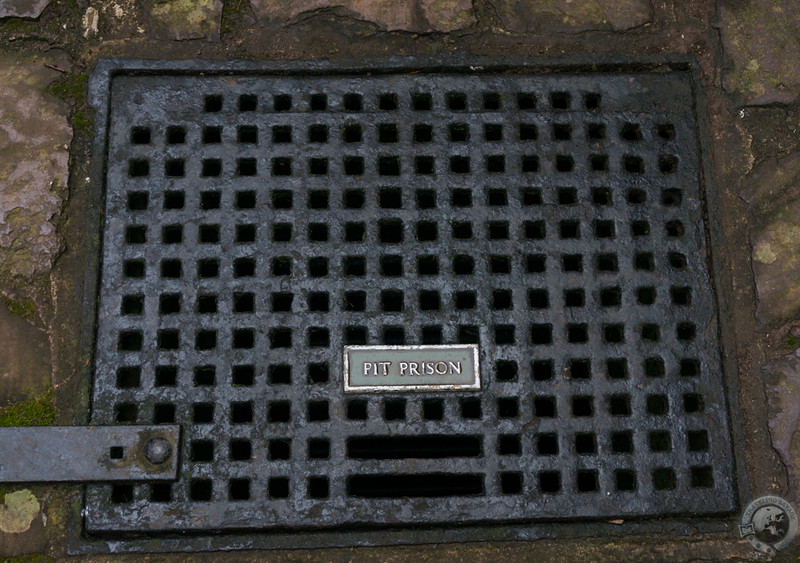
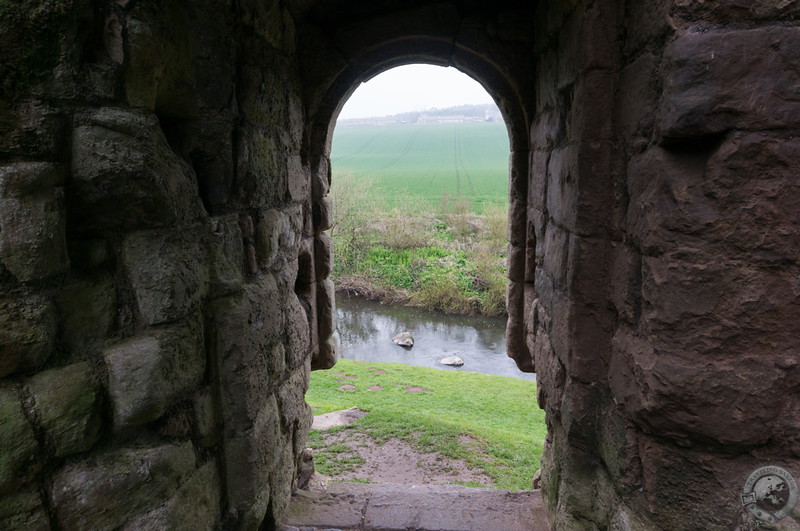
Fantastic pictures, yet again. I’ve been to Hailes….stumbled across it accidentally. Beautiful site it site on. It was very rainy the day I went as well.
Thanks Tracy!
Nice, Keith. I wonder if there’s some structure beneath the mounds in that pic above your mention of Hepburn? Your borders and lowlands posts really make me want to see this area.
I think there are certainly ruins of additional structures beneath the turf. Seems they’ll remain that way until the money or inclination to unearth them comes along. Then again, perhaps we don’t need to disinter everything.
Nice Post . I love your adventure the way you experience the history facts like that. i wish i’ll be there.
anyway keep it great ! 😉
I do my best to drag myself through the eras of the site’s history. It’s pretty easy, to be honest, in Scotland.
Keith and ruined castles in the outskirts of Scotland have paired once again and this time it’s huge!! the place is serenely lit and it’s tempting me all the way to go for it. The history and your verbal wit has elated the entire thing. Good job!